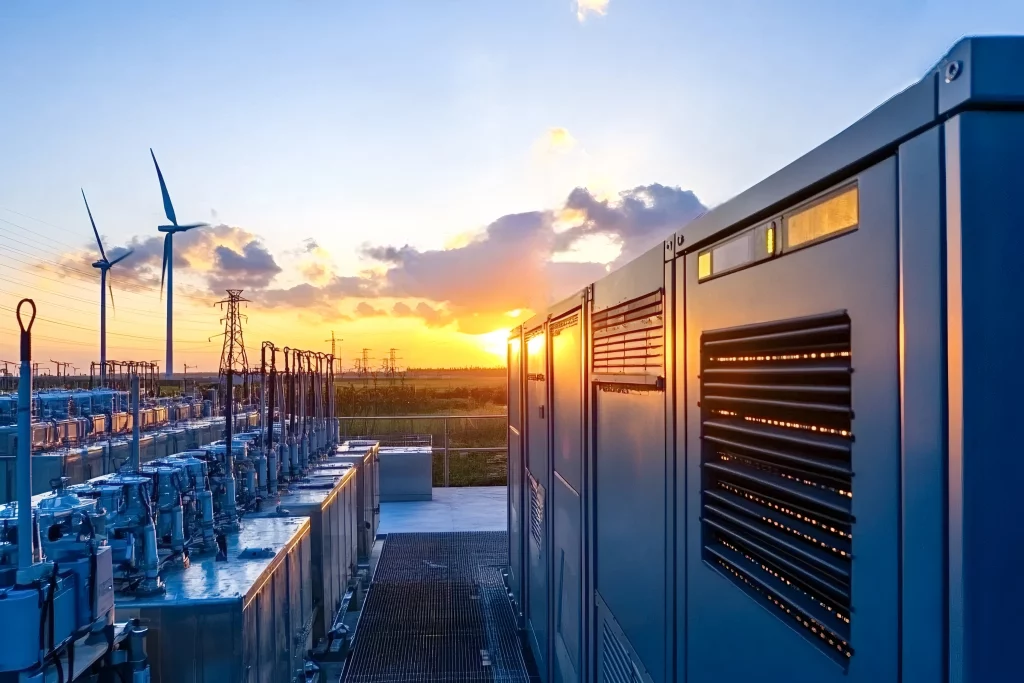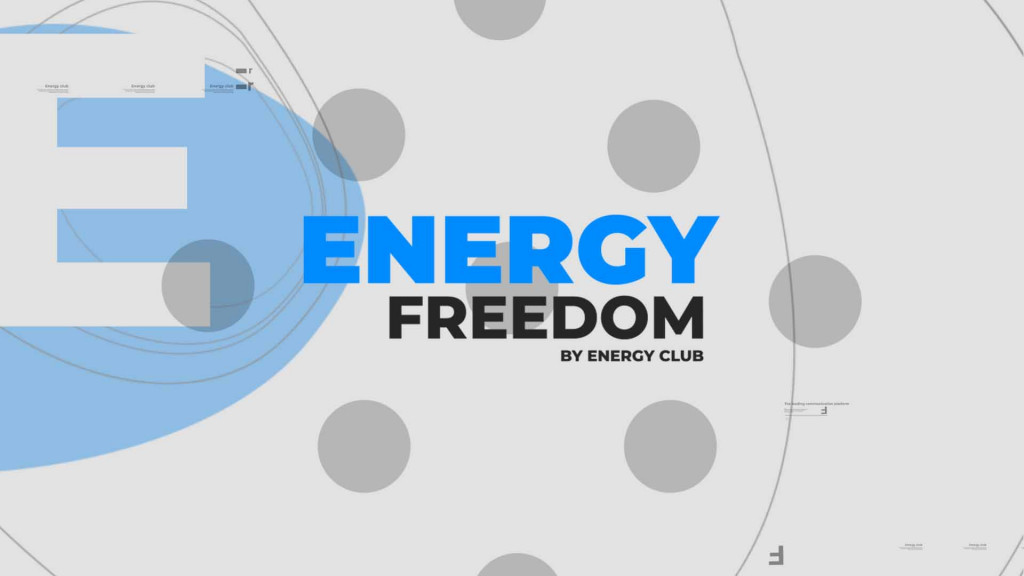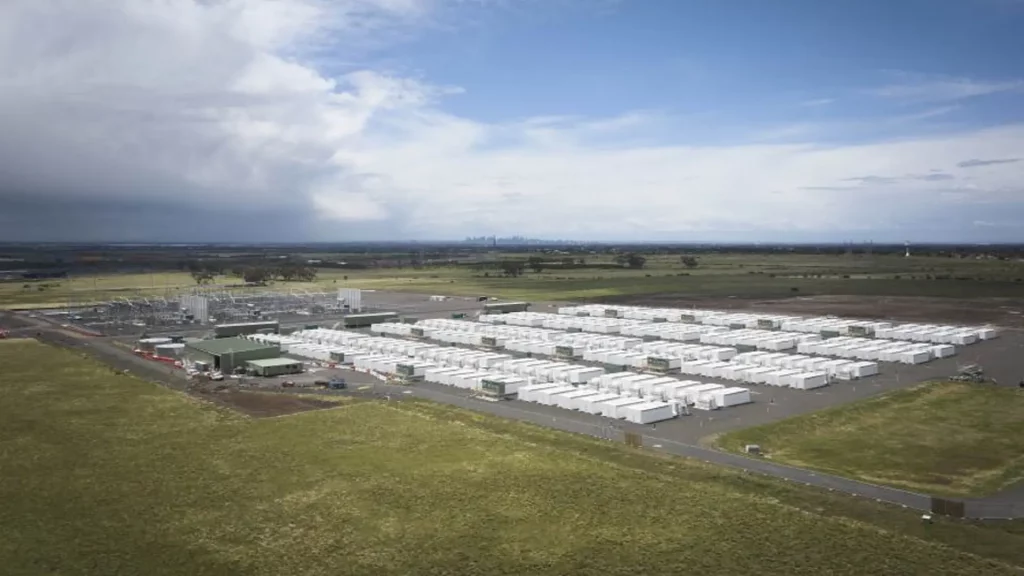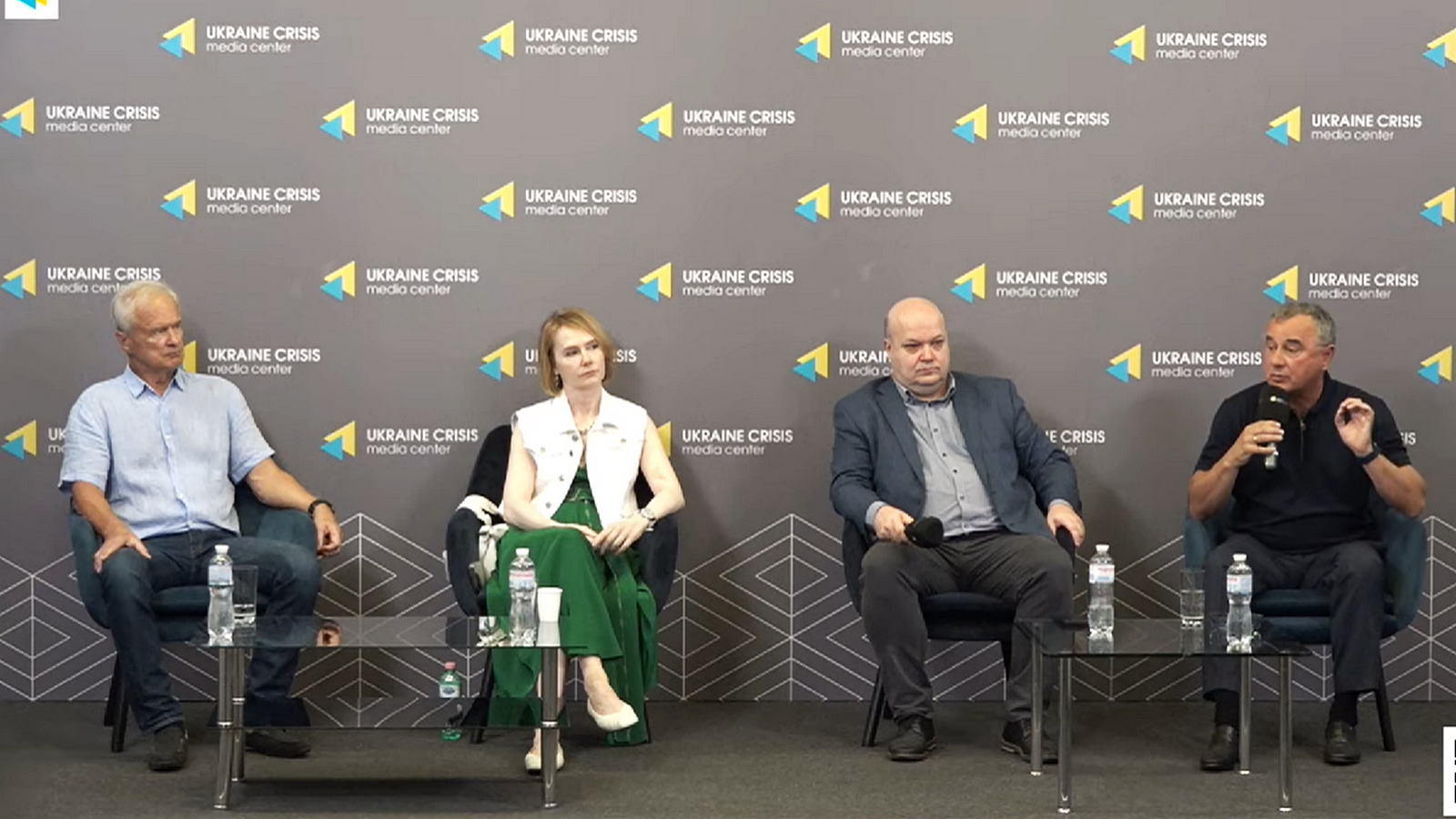
“We need to prepare infrastructure for energy hunger”: how Ukraine can survive the winter
Ukrainian businesses and some active communities are already implementing small-scale generation to improve their energy resilience in winter. And this is worth emulating
This was stated by the participants of the discussion “Ukraine’s Energy Resilience in the Context of Total War” held at Ukraine Crisis Media Center.
According to Valeriy Chaly, Chairman of the Board of UCMC, Ambassador Extraordinary and Plenipotentiary of Ukraine, the Russian strikes on July 8 once again reminded us that the Kremlin is waging a total war against Ukraine.
“And one of its elements is the destruction of infrastructure to make it impossible for large cities firstly to function. This is a deliberate destruction of the Ukrainian energy sector with the intention of reaching a level where internal problems will be critical, which, according to our enemies, will create the country’s readiness for surrender,” Chaly said.
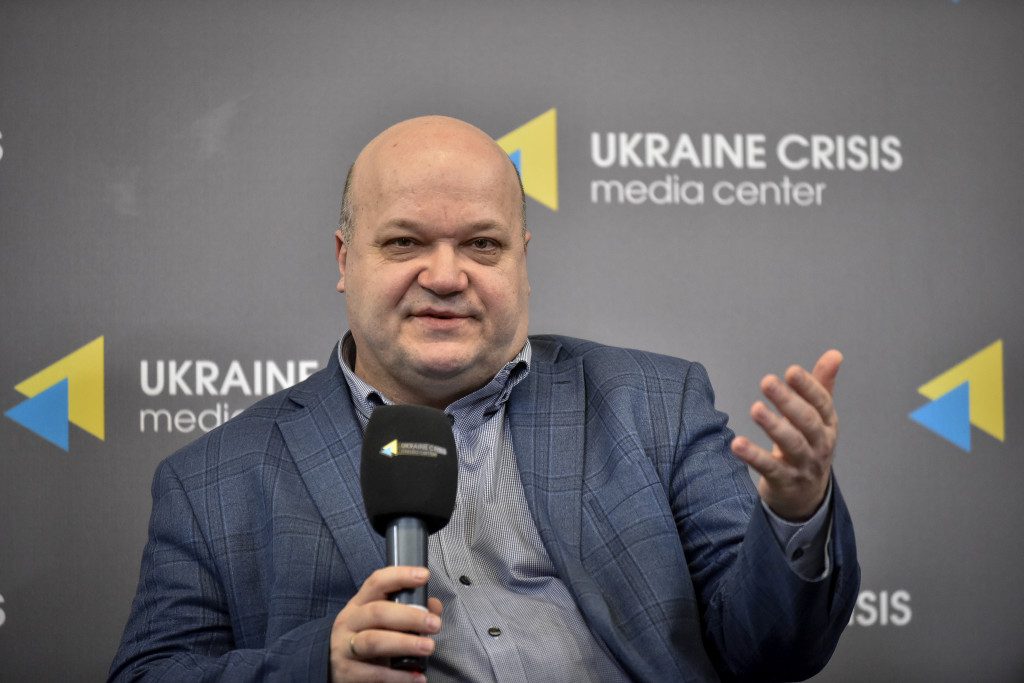
All the speakers agreed that every effort should be made to get through the winter successfully. We need to focus on the fastest possible development of small-scale generation, which will allow us to solve the issue of energy sustainability here and now.
Oleksandr Dombrovsky, Chairman of the Board of Global 100%REnewable UA, President of MHP Eco Energy, noted that there is almost no time left. And Ukrainian companies are doing a lot to survive the winter. And if they generate enough energy for themselves, these volumes will not be taken from the grid and will remain for people, settlements and communities.
“Despite the difficult situation, Ukrainian business is rapidly investing its limited financial resources in creating its own distributed generation and energy security, without waiting for the state,” said Dombrovsky, “In just four months of 2024, our company MHP launched and commissioned the largest rooftop solar station in Ukraine with 11 MW. We have also purchased almost 30 MW of cogeneration systems to produce electricity, industrial steam and heat for our own needs. This will enable us to generate an additional 270 million kilowatts of electricity and 260 million kilowatts of heat annually for our own needs, relieving the load on the Ukrainian energy system.”

According to Lana Zerkal, Deputy Minister of Foreign Affairs (2014-2019), Ambassador Extraordinary and Plenipotentiary of Ukraine, there is no reason to rely on large power plants – they are constantly under the enemy’s gun, they are shot at and it will be very difficult to provide cover. Now Ukraine needs a “band-aid” that will allow critical infrastructure to survive one winter. Everything else will come later.
“I think it is possible. But we need a separate appeal from the government to our donors, international organizations, and UN agencies to supply as many small-scale generation facilities as possible and ensure their installation, repair, and maintenance. Because a lot of small capacities for hospitals and schools were delivered in the winter of 2022-2023, but they remained unconnected. Because communities have neither professional nor financial resources,” Zerkal said.
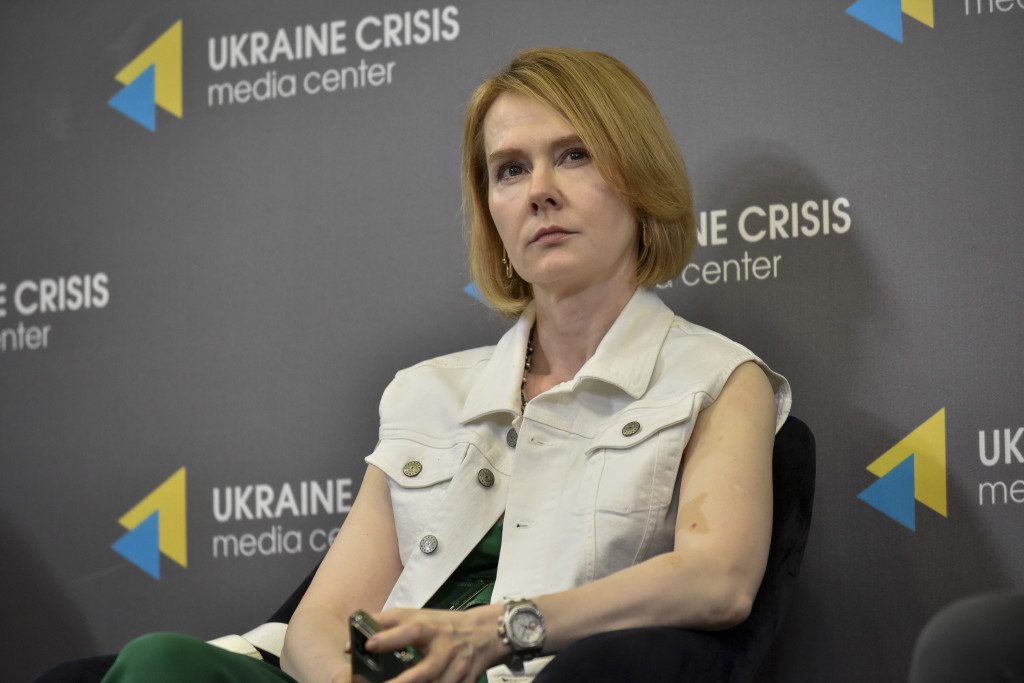
“We need the government to formulate a unified strategy on how to survive this most difficult winter,” believes Yuriy Kostenko, Minister of Environmental Protection and Nuclear Safety of Ukraine (1995-1998). He calls for abandoning long-term megaprojects like the construction of the Khmelnytsky NPP and instead maximizing the use of small-scale generation in cities, ensuring the energy resilience of critical infrastructure.
“There are examples where local governments are actively preparing infrastructure for a severe energy famine. For example, in Kharkiv, which is constantly being bombed and destroyed, there are far fewer blackouts today than in Kyiv. There are examples of Ivano-Frankivsk, Zhytomyr, and Vinnytsia region, which has started working in this direction. Finally, there is Khmelnytsky, which has become almost completely autonomous in providing critical infrastructure,” Kostenko explained.
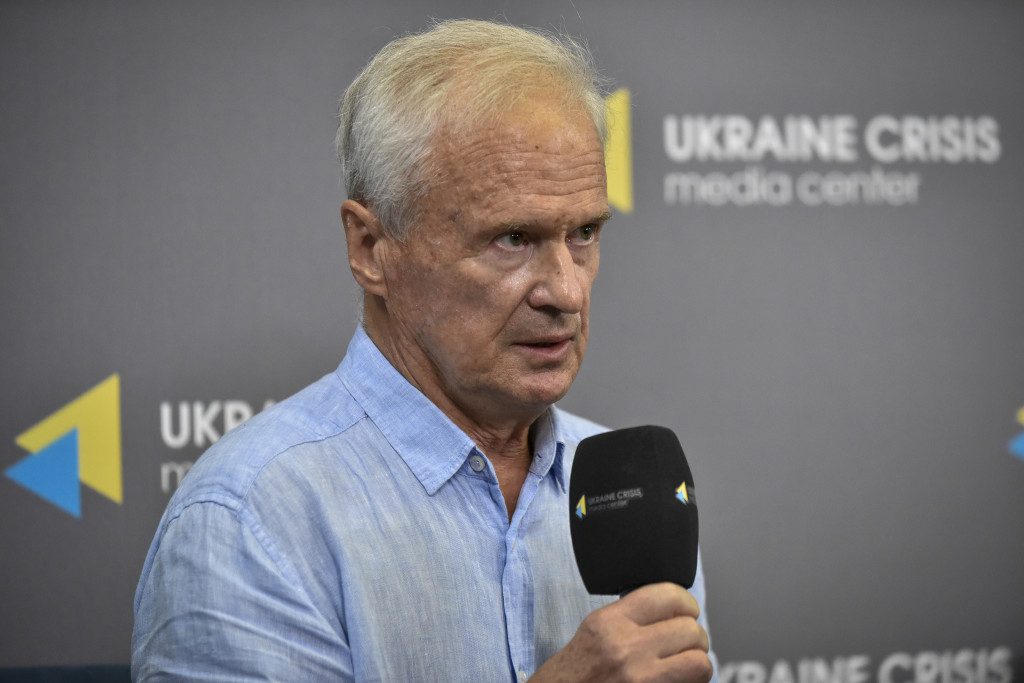
According to experts, even with positive forecasts, Ukraine will remain dependent on electricity imports from the EU. However, distributed generation can ensure energy independence for communities and increase the country’s resilience to the Russian threat in 3-5 years.
Watch the full discussion here.
Become a member of 100 RE UA
Switching to 100% renewable energy in Ukraine is possible!

